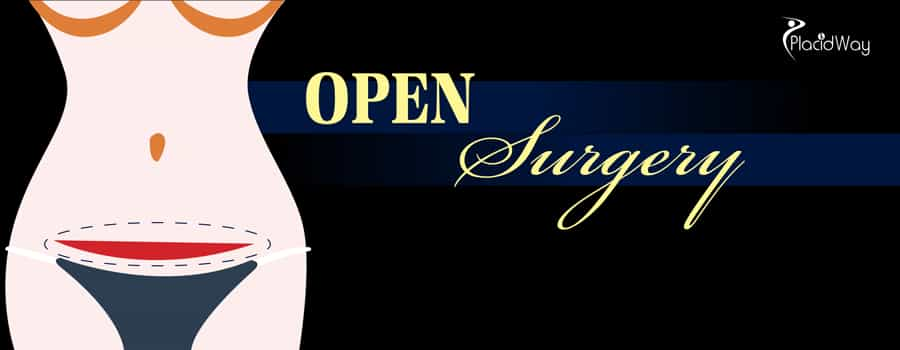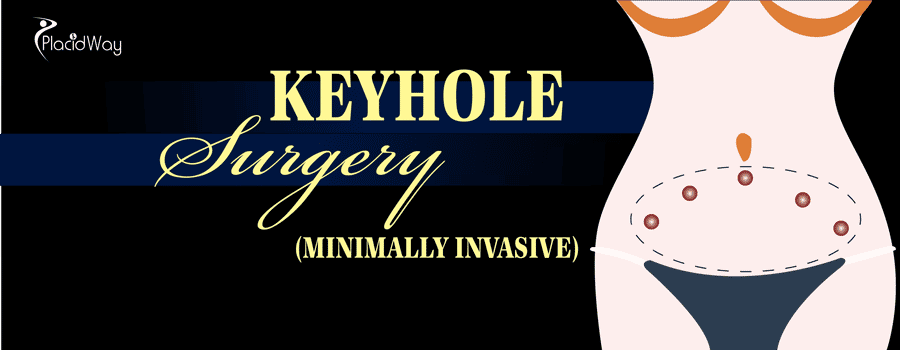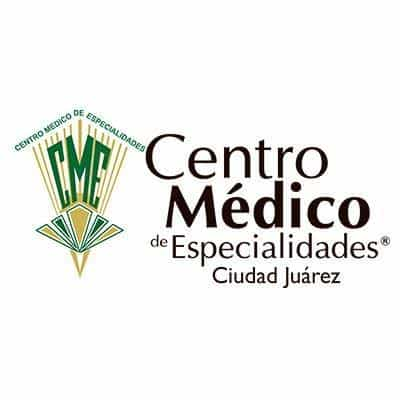
Keyhole vs. Conventional Surgery
Keyhole surgery is now the standard treatment for many conditions, being used in hundreds of thousands of cases a year for hernias, acid reflux, gynaecological conditions, removing tumours etc.
But there has been extensive debate about the use of keyhole surgery versus open surgery. Many surgeons prefer keyhole surgery for its benefits, while surgeons who favour the conventional approach often argue that keyhole surgery is more dangerous than open surgery, leading to a greater chance of complications.
However, it must be noted that in the hands of a skilled and experienced surgeon, keyhole surgery is a safe procedure with good outcomes. The greater chance of complications only tends to occur when the keyhole procedure is being performed by surgeons who do not practice this method on a regular basis.

What is open surgery
Surgical procedures are commonly categorized by urgency, type of procedure, body system involved, degree of invasiveness, and special instrumentation.
Open surgery involves cutting a large incision to expose the area of the body on which the operation is to be performed. The incision must be large enough for the surgeon to fit his/her hands and surgical instruments inside the patient’s body.
Open surgery is used successfully worldwide, however, the large incision causes much of the postoperative pain, and as a result the patients often needs to stay in the hospital for more than one day. Also, he/she may require a longer recovery period before being able to return to normal activities.
Open surgery can be performed either with the unaided vision of the surgeon, who views the operative field directly, or with the use of loupes and microscopes, to magnify the field.
There are times when on the operating table, due to unexpected findings, complications or difficulties, a laparoscopic procedure may become an open surgery.
Among the reasons why you may have an open procedure, or that may lead your surgeon to switch from laparoscopic to open are: prior abdominal surgery that has caused dense scar tissue, inability to see organs, bleeding problems during the procedure.
Open surgery in commonly used for herniated disc, called "slipped disc’’, and fost most types of cardiac surgery and neurosurgery.
Advantages of open surgery
- Allows your surgeon to examine your organs by touch – the tactile input can be an important part of surgical decision making
- Can be shorter than some robotic procedures, which means patients spend less time under anesthesia
- Low potential for injury to organs surrounding the operating area
- For reasons such as poor access to the operative area or poor vision, the keyhole surgery may need to be converted to an open procedure to complete the operation safely and successfully
- Open procedures are generally faster - an emergency laparoscopic techniques will often be ruled out by the set-up time
- All surgeons learn open techniques but they don’t easy gain experience with laparoscopic techniques

What is keyhole (minimally invasive) surgery
Keyhole surgery is becoming more and more common, and in some areas is used almost exclusively. Keyhole or minimally invasive surgery involves procedures performed by entering the skin via small incisions or by a body cavity, with two aims: to produce the least possible damage to structures, and at the same time to achieve the same result as if performed by open or more invasive surgery.
Specialist equipment is required, including fibre optics, camera and equipment with handles. Large incisions can be avoided during laparoscopy because the surgeon uses a laparoscope, which is a small tube that has a light source and a camera. This relays images of the inside of the body to a television monitor. Keyhole surgery is safe, and serious complications are rare, occurring in just one in 1,000 cases, according to estimates.
Although open surgeries are still very common, many surgeons now perform the laparoscopic procedure. The laparoscopic approach is not suitable for all patients. Patients, who are extremely obese, have had previous abdominal surgery or have complicating medical conditions, may be required to have their surgery performed open.
Laparoscopic surgery includes operations within the abdominal or pelvic cavities, whereas keyhole surgery performed on the thoracic or chest cavity is called thoracoscopic surgery. Thoracoscopic surgery can be especially useful in the chest, as operations requiring a full size incision also often require a rib to be broken to gain adequate access. The appropriateness of thoracoscopic surgery rather than an open incision depends on the surgical condition and your medical history.
Laparoscopy can be used to help diagnose a wide range of conditions, to remove a damaged organ, or to remove a tissue sample for further testing (biopsy). Laparoscopy is most commonly used in gynaecology, gastroenterology, and urology. It is slowly becoming the standard technique for most surgeries including removal of the gallbladder, removal of the appendix, removal of the colon and many other operations.
Keyhole surgery advantages
- Less postoperative pain
- Shorter hospital stay
- Faster postoperative recovery, less need for medication
- Fewer wound complications (infections, dehiscence, incisional hernias)
- Less expensive
- Less blood loss
- Smaller skin scars
- Becoming more common for major surgical procedures, such as cardiac surgery
- Better quality-of-life outcomes than open surgery
- The fine instruments are less apt to cause tissue trauma and blood loss
- The rate of postoperative complications is generally lower
- Less direct contact between the surgeon and the patient, and consequently less risk that the surgeon will acquire a virus infection from the patient or vice versa.
The range of operations now extends from simple procedures to complex operations. Is keyhole surgery better for the patient, and is it practically and financially feasible? In some patients, the laparoscopic, or minimally invasive, technique cannot be used. All patients should be well informed and find out if their specialist is qualified, trained and competent before agreeing to undergo surgery.
PlacidWay continues to provide unique treatment packages to entice the fluctuating desires of every medical traveller. Through its partnerships with different medical providers worldwide, it facilitates the provision of healthcare services not found in the consumer’s home countries. So every patient can experience healthcare that is safe, affordable but high in quality, and customized according to his needs.














Share this listing